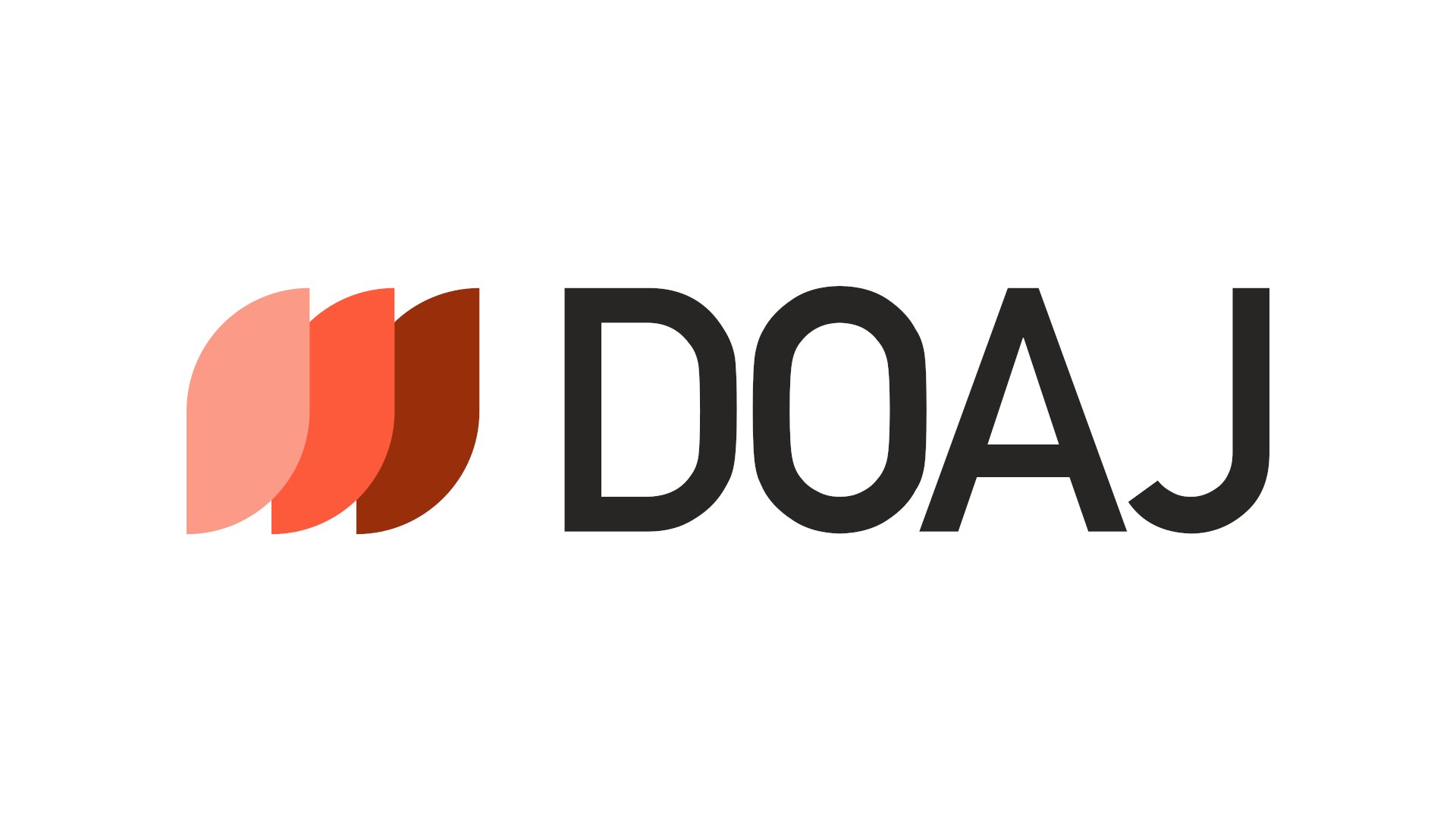Fog Computing in Next Generation Networks: A Review
DOI:
https://doi.org/10.33022/ijcs.v13i2.3851Keywords:
cloud computing, Fog Computing, IoTAbstract
Cloud, Edge, and Fog computing has recently attracted significant attention in both industry and academia. However, finding their definition in computing paradigms and the correlation between them is difficult. In order to support modern computing systems, the cloud, edge devices, and fog computing offer high-quality services, lower latency, multi-tenancy, mobility support, and many other features. Fog/edge computing is an emerging computing paradigm that uses decentralized resources at the edge of a network to process data closer to user devices, like smartphones and tablets, as an alternative to using remote and centralized cloud data center resources. Fog networking or fogging is one of the best used models recently. By addressing this issue, this work serves as a valuable resource for those who will come after. Initially, we present an overview modern computing models and associated areas of interest research. After that, we discuss each paradigm. After that, we go into great detail about fog computing, highlighting its exceptional function as the link between edge, cloud, and IoT computing. Finally, we briefly outline open research questions and future directions in Edge, Fog, Cloud, and IoT computing.
Published
Issue
Section
License
Copyright (c) 2024 dlshad fm, shavan askar, zhala soran, hasan saeed

This work is licensed under a Creative Commons Attribution-ShareAlike 4.0 International License.



